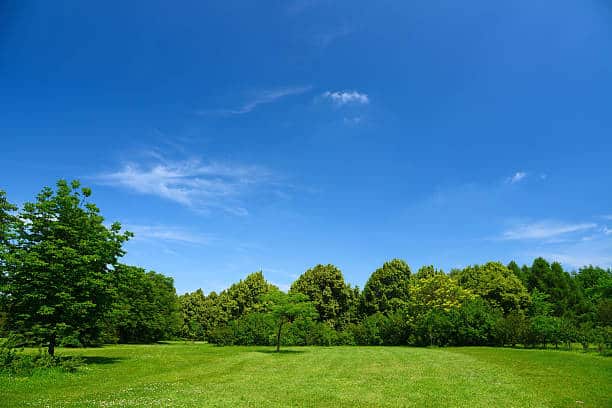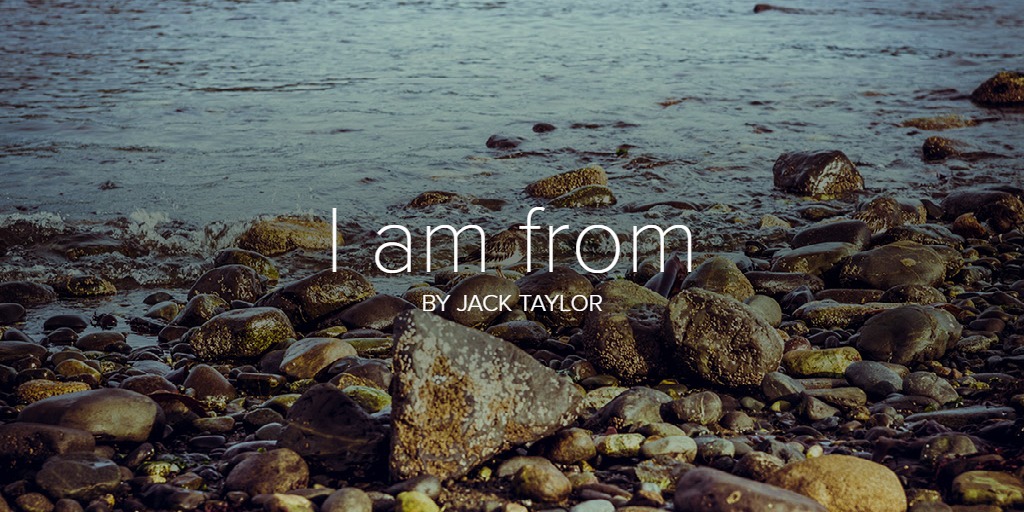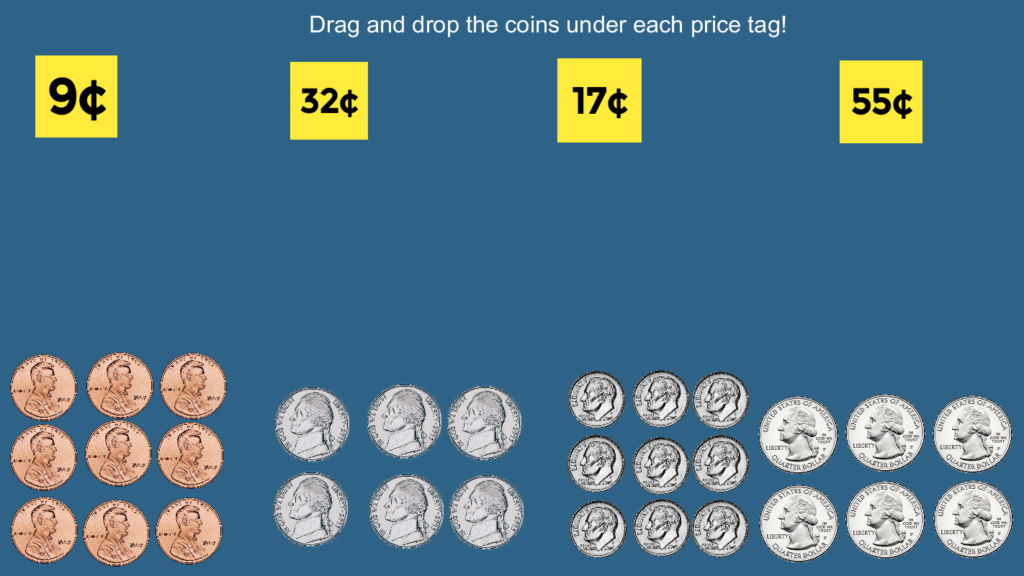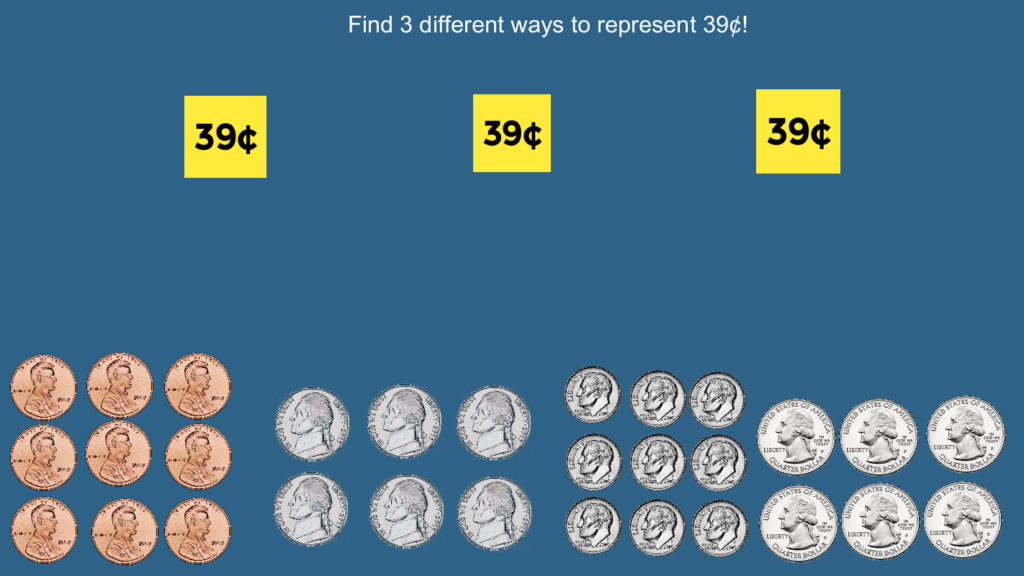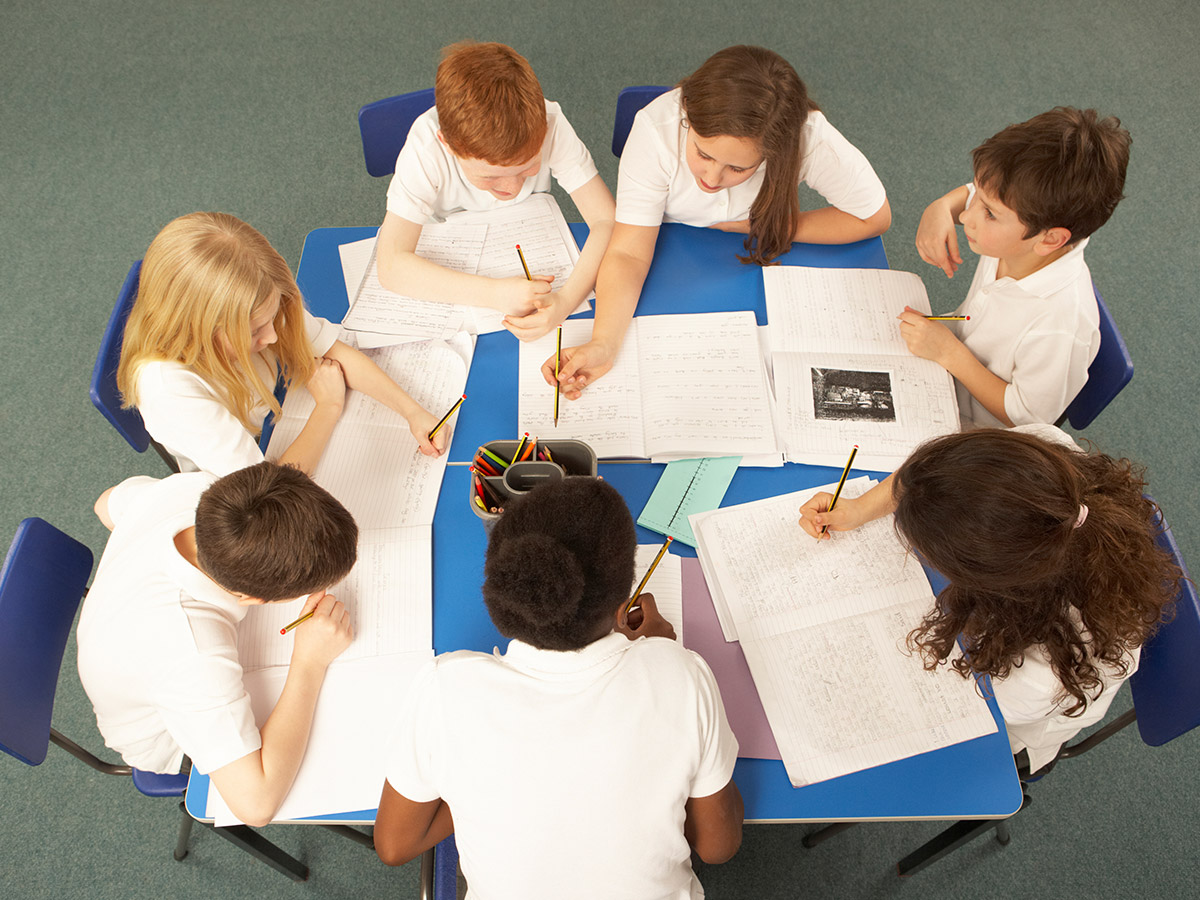This lesson is designed for 4th grade social studies.
Instructions
For this assignment, students will first spend free time throughout multiple class sessions reading through pamphlets around the world, each about different landmarks around the globe. Students will then decide one to research on, and will create a poster about their landmark. The poster should say where the landmark is located, should be full of plenty of facts, and should have some interesting pieces of trivia as well. Students are also welcome to draw and color their landmarks as well on the poster.
Then, students will be split into two groups at random. Afterwards, they will need to open their computers, open the pre-made Google My Maps, and will place a pin on the location they created their poster on, with the color of their pin showing which group they are in. Then, students will be split into two groups. Students will then write down questions they have for the landmarks labeled by the opposite group. Finally, the two groups will switch off, with one group starting by standing near their poster and presenting their info on it, while the other group walks around the room, asking questions about the landmarks and taking notes. Afterwards the two groups will switch, and the lesson will end with a quick write up about a few interesting facts they learned.
Instructional goal
This lesson is designed to help students improve at important skills such as researching a specific topic, choosing necessary and important info, writing critical questions, and presenting the information they have learned. The Google My Maps tool will help students get a good visual as to where in the world certain landmarks are, and also will help them gain perspective as to how far apart they are.









